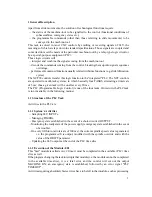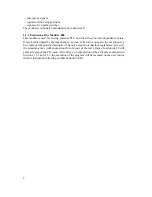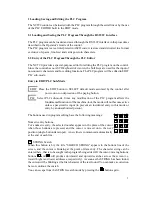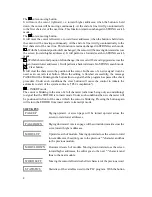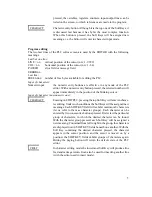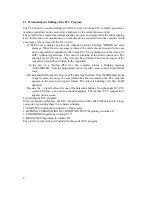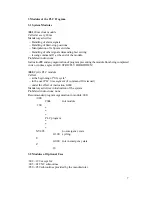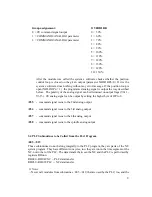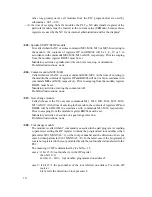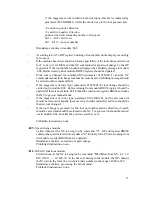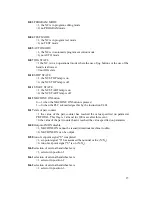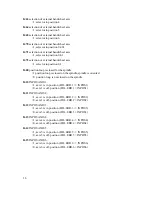
1
1 General Description
Apart from slide movements, the solution of technological functions require
$"
the status of the machine-tool to be signalled to the control (functional conditions of
subassemblies, emergency states etc.),
$"
the programmable commands (other than those referring to slide movements) to be
conveyed to the machine-tool.
This task is solved in most CNC controls by emitting or receiving signals of 24V, the
meanings of which are lays down in standard specifications. Those signals are coupled and
converted (to meet the needs of the particular machine-tool) by a relay-type logic circuit or
by a special-purpose equipment (PLC).
Those logic circuits will
$"
interpret and combine the signals coming from the machine-tool,
$"
decode the commands coming from the control, breaking them up into signal sequences
or dialogs,
$"
perform self-contained functions usually related with time functions (e.g. slide lubrication
cycles).
The NCT 90 controls transfer this logic function to the "integrated" PLC. The NCT controls
are operated in multi-task systems, in which basically four TASKS alternating at intervals
of 5 ms; thus a given task will be on after every 20 ms.
The PLC (Programmable Logic Control) is one of the four tasks. On its turn, the PLC task
is run invariably in the following manner.
1.1 Structure of the PLC Task
Activities in the PLC are:
1.1.1 System`s Activities
$"
Sampling 24V INPUTs.
$"
Managing TIMERs.
$"
Emergency state established in the event of a short-circuited OUTPUT.
$"
Monitoring the ready state of the power supply (emergency state established in the event
of a trouble).
$"
On every fifth turn (at intervals of 100 ms), the current spindle speed value is generated,
i.e. the programmed S is output, modified with the spindle override and with the
value of the DRIFT parameter.
$"
Updating the 24V outputs at the end of the PLC time slice.
1.1.2 Execution of the Module :001
This "fast" module is called every 20 ms; it must be completed in the available (PLC) time
slice as well.
If the program changing the task interrupts that module (i.e. the module cannot be completed
in the available time slice), it is a fatal error, and the control will cut out the output
MACHINE ON; an emergency state is established, followed by an error signal "PLC
TIMEOUT".
Activities requiring absolutely fast services have to be left to that module, such as processing




